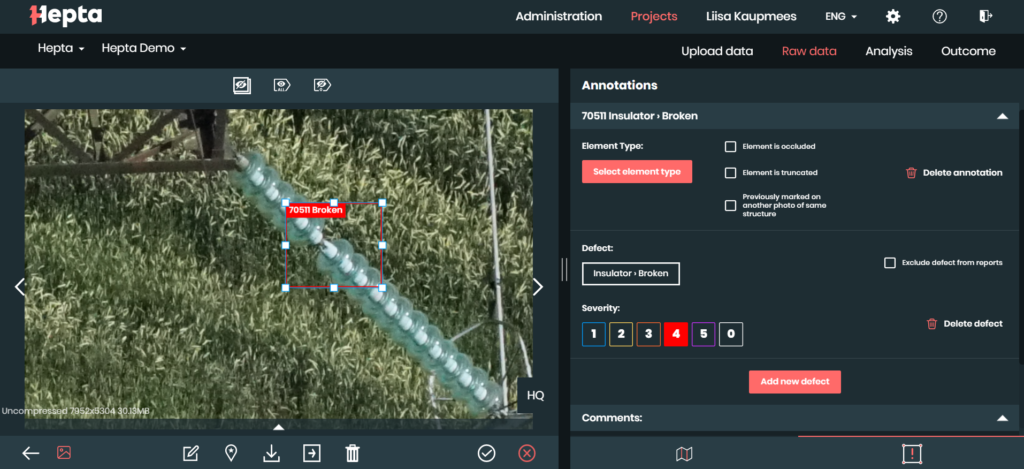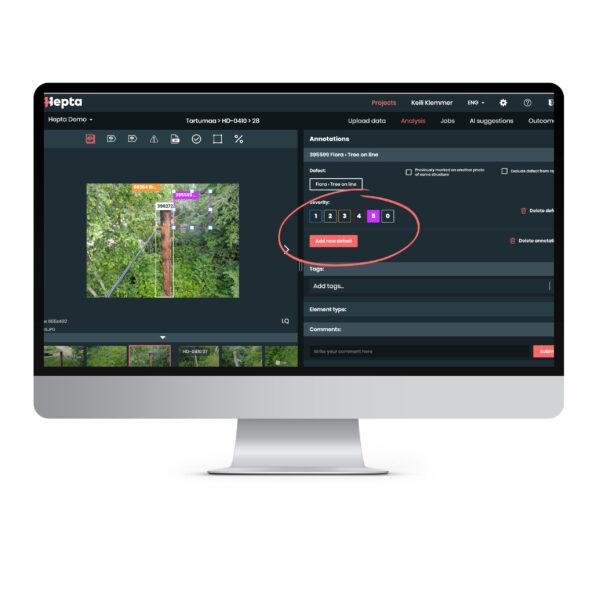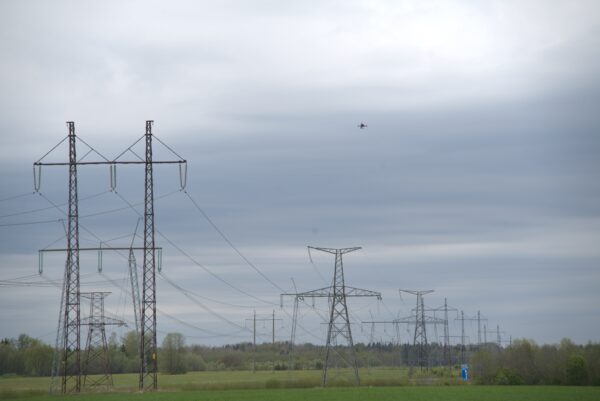There are more than 60 million kilometres of power lines in the world and thousands of distribution and transmission network operators who have to maintain and service those lines. It is not an easy task, nor one where the experiences would be similar to all parties. While the operating logic and goals are shared by all operators, the challenges differ.
Inspecting, analyzing and detecting power line defects in Ontario, Canada comes with a totally different set of challenges than those faced by grid operators in the Queensland Outback of Australia. One operator might focus on vegetation analysis and improving the insulators, while the other is looking for ways how to find out the lines most affected by sagging. Not to mention the different defects caused by hot and cold weather.
Another aspect that tends to differentiate operators are the details used in the lines themselves, such as insulators, surge arresters and dampers. The same way some roadsigns change when travelling from country to country, so do the powerlines. There are multiple reasons behind it, from the year they were built, who designed them, and who supplied the parts. There are different approaches and solutions in use from country to country. But this also means that there isn’t a universal key to power lines globally.
All of this helps to create a situation where the set of common defects and parts inspected in power lines between a European DSO and an Australian DSO differ wildly. Where one operator can have a list of 300 common defects, the other might be tackling a list of 800+ defects. The power lines and their components might use totally different looking components and approaches. The overlap between the two operators can be small. Yet, Hepta’s power line inspection platform Insights can help all operators, regardless of their location, defect list and components used.
We do this with the help of AI and machine learning.
Hepta creates machine learning algorithms based on the exact needs of the power line operator. Using a concrete set of the operator’s power line images, we build algorithms that look for defects they are most interested in and in components they are actually using. This allows our customers to have a custom made solution working for them in a short period of time. Instead of relying on one size fits all approach that can’t take into account the wild differences between power lines in different regions of the world, Hepta’s solution is tailor-made to allow you to succeed with your inspections.
This means Hepta’s power line inspection platform can’t detect 10000+ different defects. It can do more. We can help every single power line operator with their very own defect list, using machine learning algorithms based on their own data and giving them the exact answers they are looking for. This allows our customers to have 200% faster inspection cycles, find more relevant defects and save on costs.
Interested in finding out how you can upgrade your inspection capabilities and enjoy the fruits of AI? Let us know and take the first step towards your very own turnkey solution.




